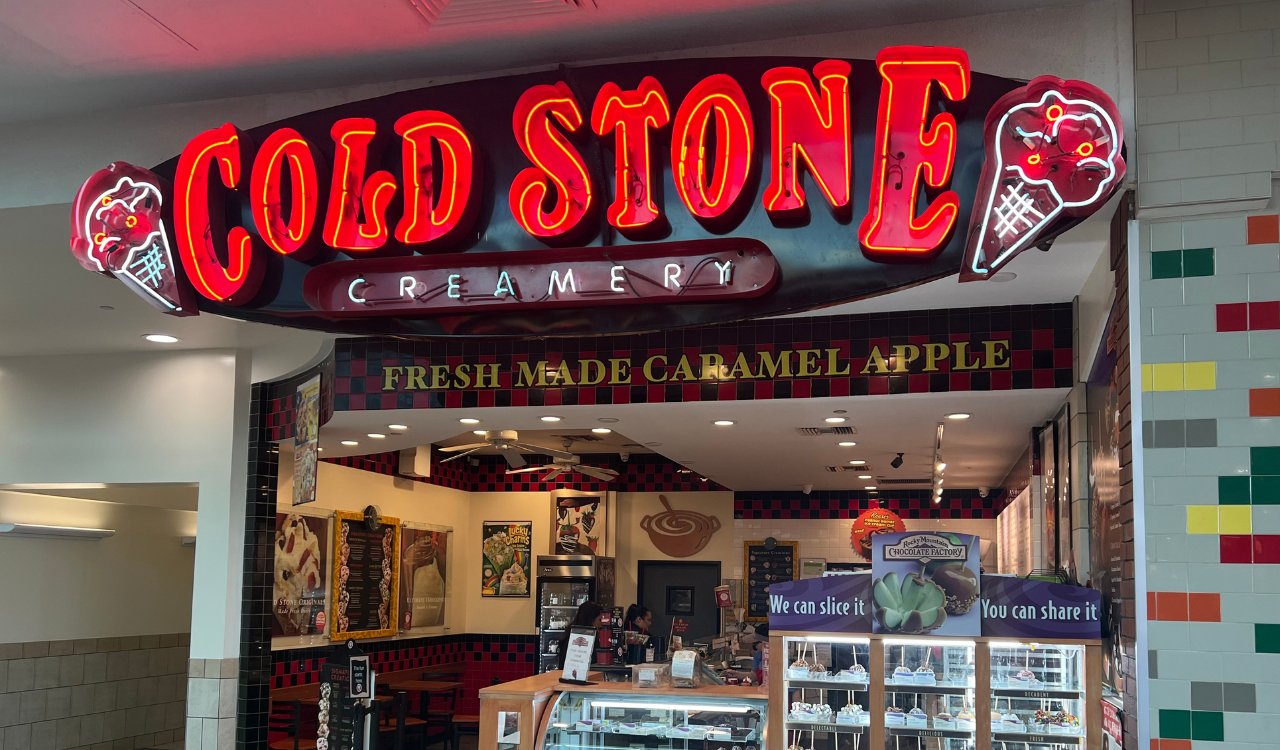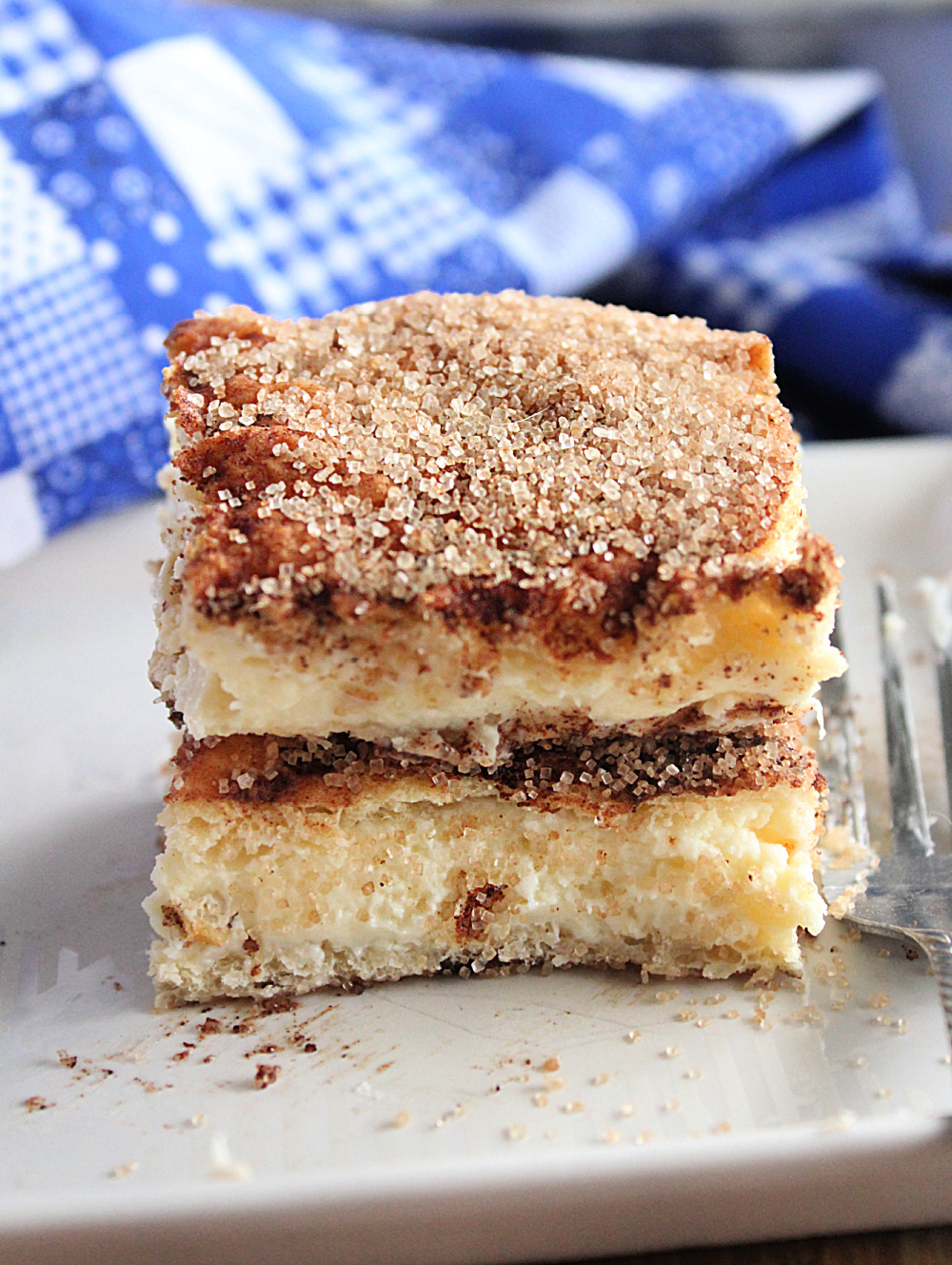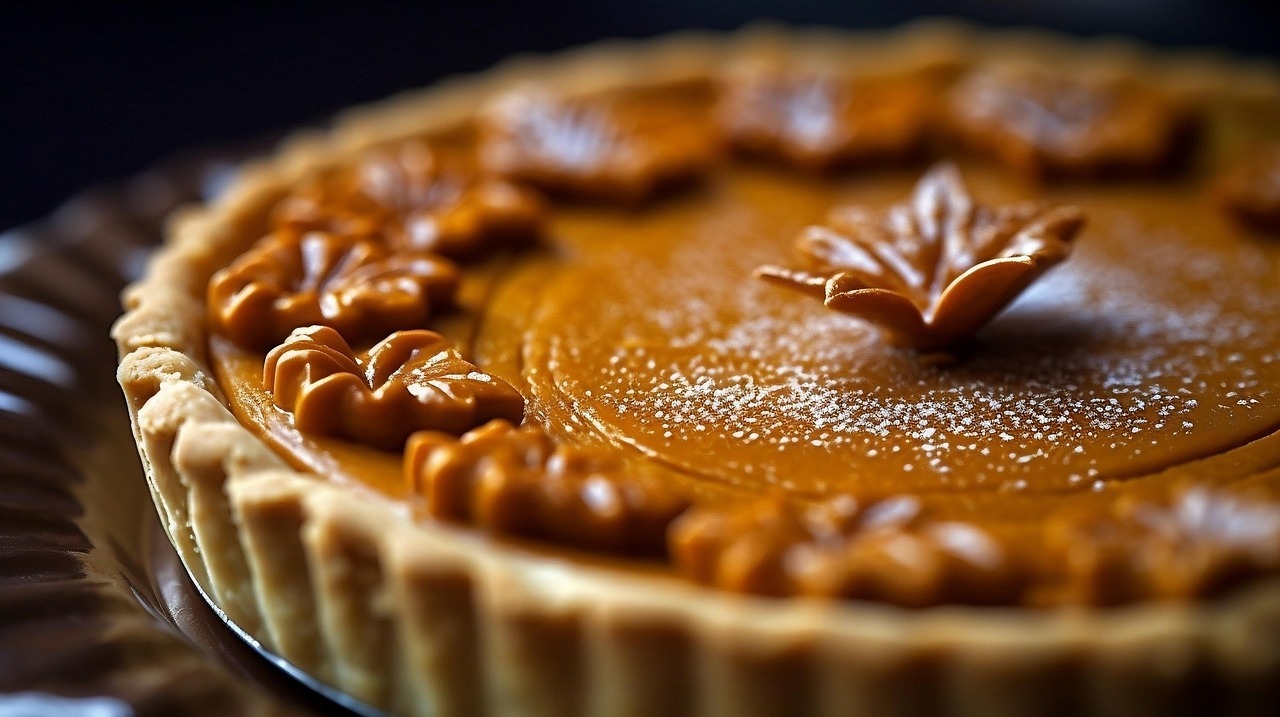8 Smart Changes Cracker Barrel Is Testing To Win Back Diners
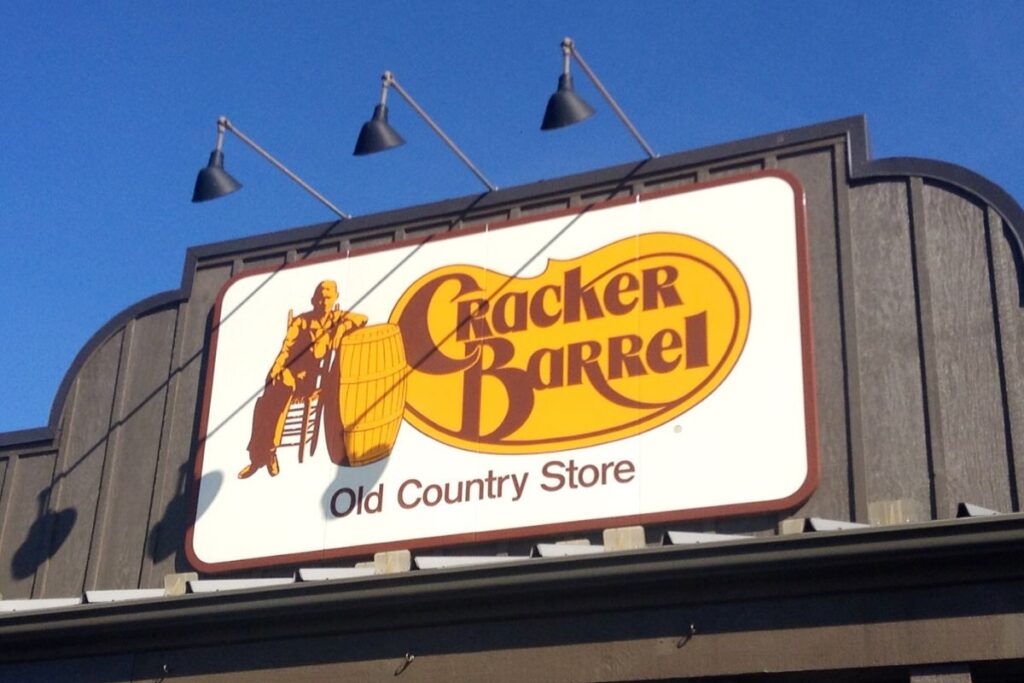
Cracker Barrel is taking major steps to recover lost momentum after years of flat traffic and customer criticism. The company is piloting a variety of updates, from streamlined menus and faster kitchens to reimagined store designs and technology upgrades. Leadership says each test is guided by one goal: to balance the brand’s familiar country charm with modern expectations. Some early changes have sparked debate, but executives hope these experiments will help the chain reconnect with loyal fans while attracting younger diners in today’s competitive casual dining market.
1. Menu Overhaul and Simplification

Cracker Barrel is testing a redesigned menu that trims complexity while adding updated comfort favorites. About twenty new or revamped items are being piloted to improve execution and reduce kitchen errors. The goal is to serve food faster without losing the brand’s homestyle flavor. By simplifying ingredients and layouts, the company aims to cut costs, boost consistency, and make choices clearer for guests, all while using pilot sales and feedback to decide which dishes earn a permanent place on the menu.
2. Kitchen Efficiency Upgrades
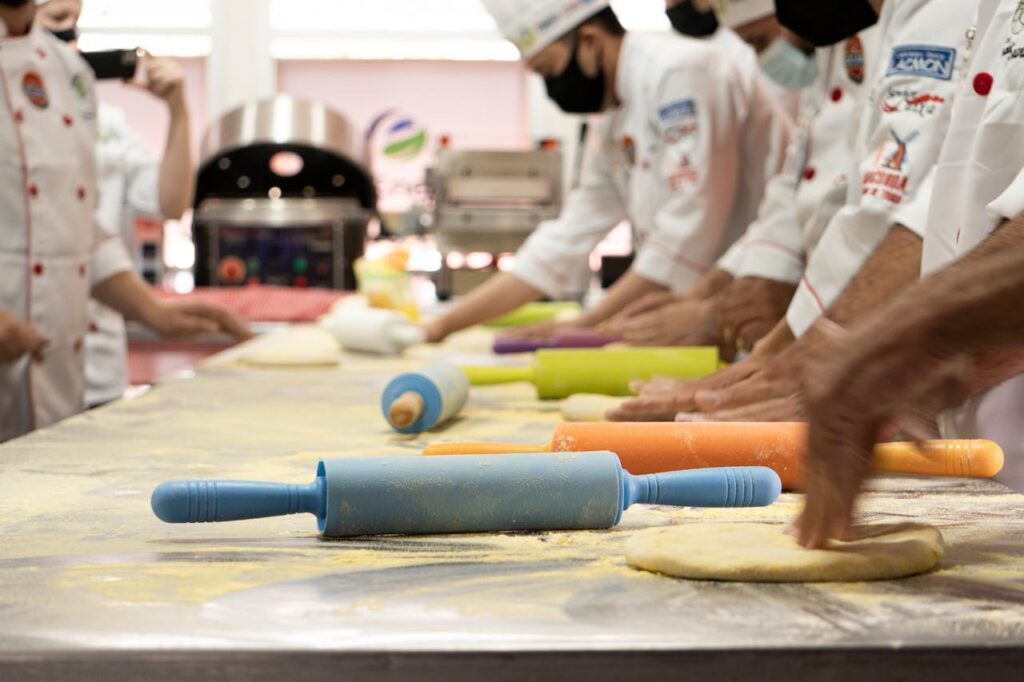
The company is reorganizing kitchen layouts and workflows to improve ticket times during busy hours. Cracker Barrel is testing handheld devices, simplified prep stations, and staff cross-training so cooks can switch tasks easily when the dining room fills up. These upgrades reduce waste, improve consistency, and help servers deliver meals promptly. By using technology and clearer line organization, the chain hopes to enhance guest satisfaction and ensure the familiar food quality customers expect while cutting back-of-house pressure.
3. Store Refresh and Design Pilots
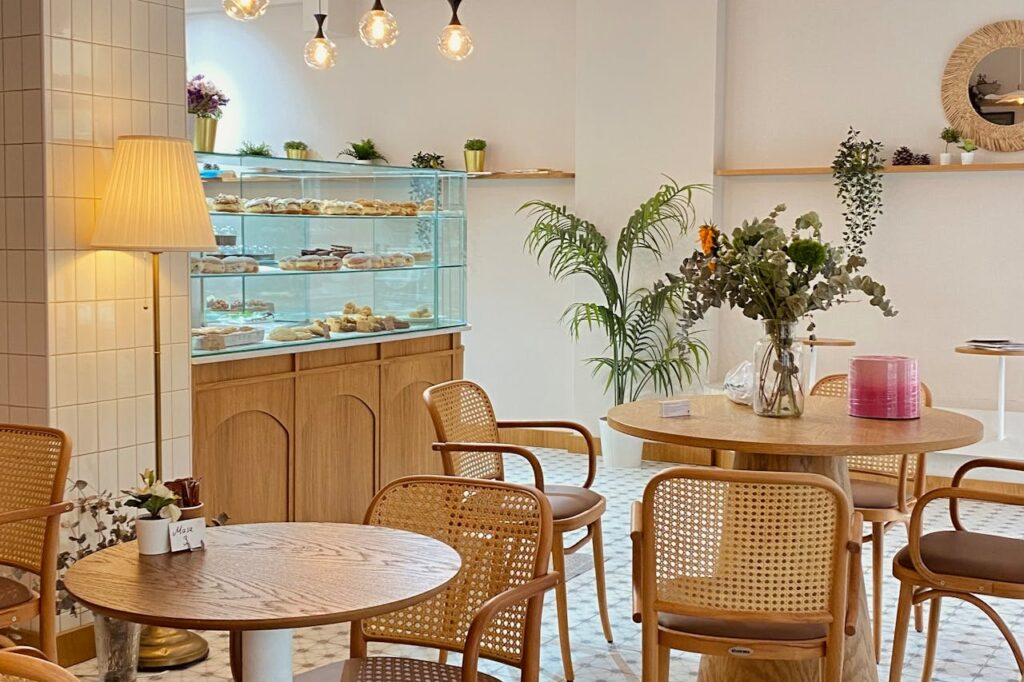
Cracker Barrel has started testing store remodels that brighten interiors, open sightlines, and add updated furniture while keeping its rustic charm. The goal is to appeal to new audiences without alienating longtime guests. Some wall clutter and antiques have been reduced for accessibility and space, while lighting and color schemes have been modernized. After mixed feedback and a brief pause on the broader rollout, the company continues refining designs that honor tradition but feel more welcoming to today’s diners.
4. Returning Classic Favorites
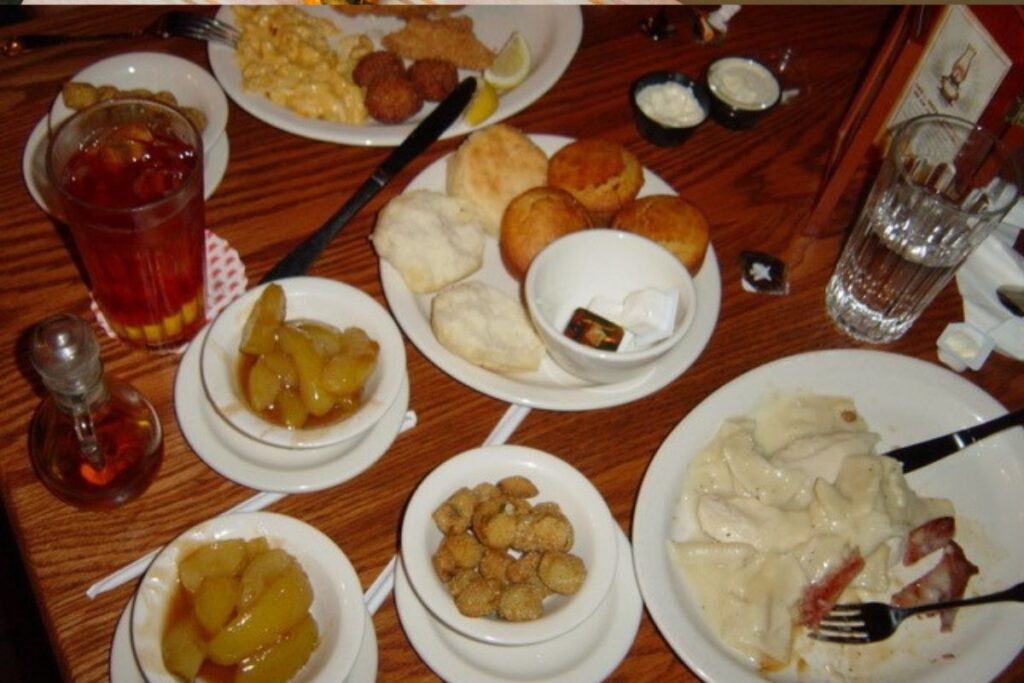
To strengthen loyalty, Cracker Barrel is reintroducing select legacy dishes that long-time customers have missed. Limited runs of nostalgic menu items test whether guests respond to familiar flavors and if those plates can coexist with new offerings. The company tweaks recipes for consistency and portion size but keeps the comforting taste that built its reputation. These revivals generate social buzz, encourage repeat visits, and help the brand reconnect with diners who associate the chain with classic Southern cooking.
5. Technology and Digital Tools

Cracker Barrel is adopting simple tech upgrades that improve service without losing its personal touch. Selected locations are testing handheld order tablets, online payment options, and digital menus that let guests browse or order ahead. Mobile pay and reservations aim to reduce wait times and streamline the dining process, especially during peak hours. These tools are meant to support staff, not replace them, ensuring that faster service still comes with the friendly hospitality diners expect.
6. Smarter Value Offers and Family Deals

Instead of relying on constant discounts, Cracker Barrel is trying focused promotions such as family-style bundles, weekday deals, and limited-time specials. These tests measure which offers attract families and budget-conscious guests without hurting profits. The chain wants to drive traffic during slower hours while giving diners better value. Bundled meals and seasonal items also help reduce kitchen waste and give loyal guests new reasons to return more often throughout the year.
7. Leadership and Store Accountability

Cracker Barrel has reorganized leadership roles to speed up decision-making and better support restaurants. Regional managers now oversee pilot programs and share best practices across stores. This structure helps new ideas, such as menu updates and remodel tests, scale more efficiently. The goal is to create consistent service standards and stronger accountability at the local level so improvements reach guests faster and each restaurant delivers a dependable, high-quality experience every time.
8. Marketing and Brand Listening Reset
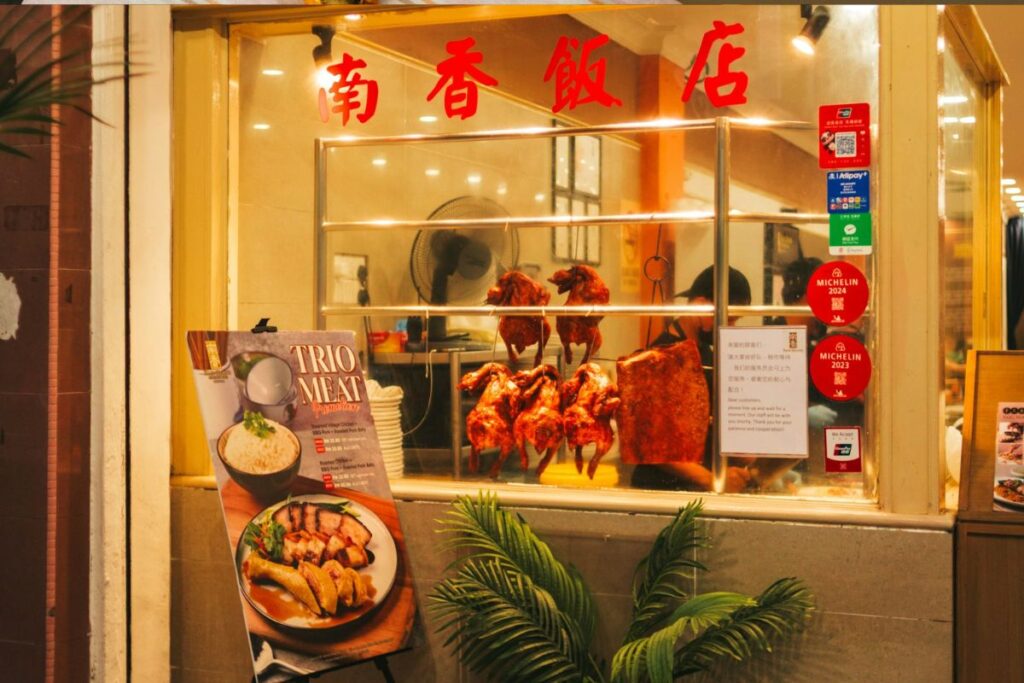
After criticism of a recent logo and rebrand test, Cracker Barrel paused wide marketing rollouts and refocused on listening to its customers. The company is testing smaller community-based campaigns and local storytelling that highlight its roots. Executives are working to modernize carefully while respecting the nostalgia that defines the brand. This new approach aims to rebuild trust, avoid social backlash, and prove that changes are meant to enhance the guest experience, not erase its Southern heritage.

